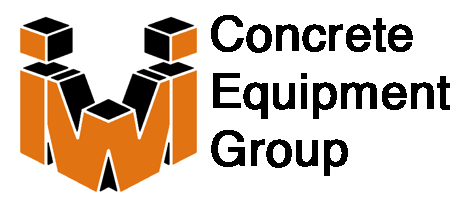The Difference Between Wet Cast & Dry Cast
|
|
WET CAST |
DRY CAST |
|
# pours per form per day / production |
Wet cast forms can only be stripped and poured again a couple of times a day. |
Dry cast can be stripped more often and increase production. |
|
Flow-ability to get around complex shapes |
Wet cast is flow-able (SCC even more) and can get around/through complex shapes and reinforcing. |
Dry cast is very stiff and is better suited for simpler shapes. |
|
Cost of equipment |
Wet cast can be vibrated with less expensive vibrators or none at all (SCC). |
Producing dry cast structures can require more equipment to adequately vibrate the stiff mix and also keep up with the higher production rate. |
|
Admixtures |
Wet cast generally uses more admixtures. |
Dry cast generally uses less admixtures such as water reducers and air entrainers. |
|
Hearing Protection |
Generally, vibratory equipment used (if any) with wet cast is not as loud as dry cast. |
Dry cast vibratory equipment has to be powerful; therefore loud. |
|
Strength |
Wet cast has more water content and that can lead to lower strength than dry cast. |
Dry cast has less water content, and therefore, generally higher strength. |
|
Durability |
Wet cast has more water content and that can increase the porosity and as a result permeability. This can result in lower durability than dry cast. |
Dry cast has less water content, therefore, is less permeable and more durable. |
|
Appearance (smooth) |
Wet cast can be formed to produce a very smooth surface. |
Dry cast surface is rougher. |
|
Form work |
Hydraulic pressure can be higher on form work. Forms can be made adjustable to accommodate different product configurations. |
Form work must be designed to handle force of vibration and repeated use, often making it less adjustable. |
|
Air entrainment |
Air entrained through admixtures. |
Cannot be air entrained through admixtures but is naturally freeze-thaw resistant due to low water percentage and high density due to compaction. |
|
Embeds |
Embeds (lifters, etc.) can be attached for formwork prior to pouring. |
Embeds cannot be added due to the intensity of vibratory force. |
|
Mixes |
Can use larger coarse aggregates, adding economy to the mix. Also, can use a higher percentage of coarse aggregates. |
Must use smaller, coarse aggregates to reduce wear on the equipment. Also uses higher percentage of sand. |
|
Post pour openings |
Openings must either be blocked out during pouring or made with a coring machine. |
Portions of concrete can be removed immediately after casting to form openings or skewed ends. |
|
Cement usage |
Requires more cement and water to make more “paste” to bind the aggregates together. |
Often needs less cement in order to reach design strength due to low w/cm ratios. |
|
Unit weight |
Usually not greater than 150 lb/ft³. |
Usually slightly higher than 150 lb/ft³ due to less water and cement relative to aggregates. |
|
Filling form work |
Fresh concrete is delivered in buckets or drums. |
Concrete delivered on conveyor belts. |
